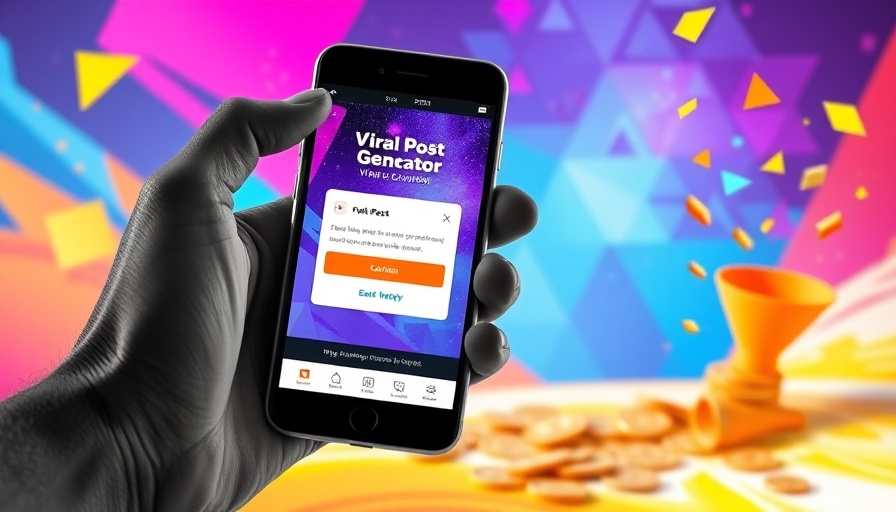
Understanding the Importance of Concept Testing
In today's fast-paced business environment, launching a new product without thorough validation can be a costly mistake. Concept testing serves as a safety net, helping entrepreneurs and businesses confirm their hypotheses about customer needs, market demand, and pricing before investing significant resources. This essential process allows companies to refine their ideas, ensuring that they’re addressing real problems faced by genuine customers.
Steps to Validate Your Big Idea
Following a structured approach to concept testing can enhance your chances of success. Below are four critical steps that entrepreneurs, consultants, and small business owners should consider:
1. Define Items to Test
Start by listing the key assumptions that need validation. Common areas might include:
- Product functionality: Does it effectively solve the problem?
- Customer demand: Are there people who want this?
- Pricing model: Are potential customers willing to pay for it; if so, how much?
- Usability: Is it user-friendly?
For instance, a startup developing an AI-driven fitness app might want clarity on user preferences between personalized workouts and live coaching.
2. Identify Research Subjects
Your results are only as good as the feedback you get. It’s crucial to gather insights from the right audience—those who represent your actual or potential customers. Consider including:
- Existing customers
- Potential buyers
- Industry specialists
- Early adopters of similar products
For example, a meal kit delivery service might ask working parents whether they prefer pre-prepped meal kits or fully cooked options.
3. Identify Test Methods
Choose a suitable method to gather feedback based on your product type and budget. Some useful methods include:
- Online surveys: Great for quick, broad feedback.
- Focus groups: Provide deeper insights from targeted discussions.
- A/B testing: Check which versions of your idea perform better.
- Landing page tests: Gauge interest through sign-ups or engagement metrics.
A SaaS company might create two landing pages—one promoting AI capabilities and the other emphasizing cost-effectiveness—to see which attracts more users.
4. Write Questions for Actionable Insights
The type of questions you ask can make or break the quality of the feedback. Aim for constructive, open-ended questions that can lead to actionable insights:
- What features do you find most appealing and why?
- Are there any concerns or pain points that you foresee?
- How likely would you be to purchase this product?
Articulating clear and targeted questions will give you the information you need to optimize your concept effectively before launch.
Risks and Challenges of Not Testing
Neglecting the concept testing phase can result in significant risks. Companies often invest considerable resources—time, money, and effort—into ideas that might not resonate with their target audience. For example, the story of an innovative tech gadget that flew off the shelves might turn into a cautionary tale if early feedback indicated a crucial flaw or misalignment with customer needs. The loss of investor confidence, coupled with the potential for negative brand perception, places even established businesses at risk.
Actionable Insights for Maximizing Concept Testing
To maximize the value of your concept testing:
- Iterate: Use feedback to refine your concept continually.
- Engage: Keep your audience involved throughout the process; their insights are invaluable.
- Document: Maintain thorough records of tests and results for future reference.
- Be Adaptable: Adjust your concept based on feedback, even if it means changing core features.
By following these steps, you can transform ideas into viable products while minimizing risk and maximizing market fit.
Conclusion
Concept testing is a critical step for entrepreneurs and business leaders aiming to bring innovative ideas to market. As markets evolve and customer preferences shift, dedicating time to understand and validate your concept can lead to a successful launch. So, are you ready to validate your big idea?
By embracing a systematic approach to concept testing, you not only increase your chances of success but also build a deeper connection with your target audience. Start testing today to turn your vision into reality!
 Add Row
Add Row  Add
Add 






Write A Comment